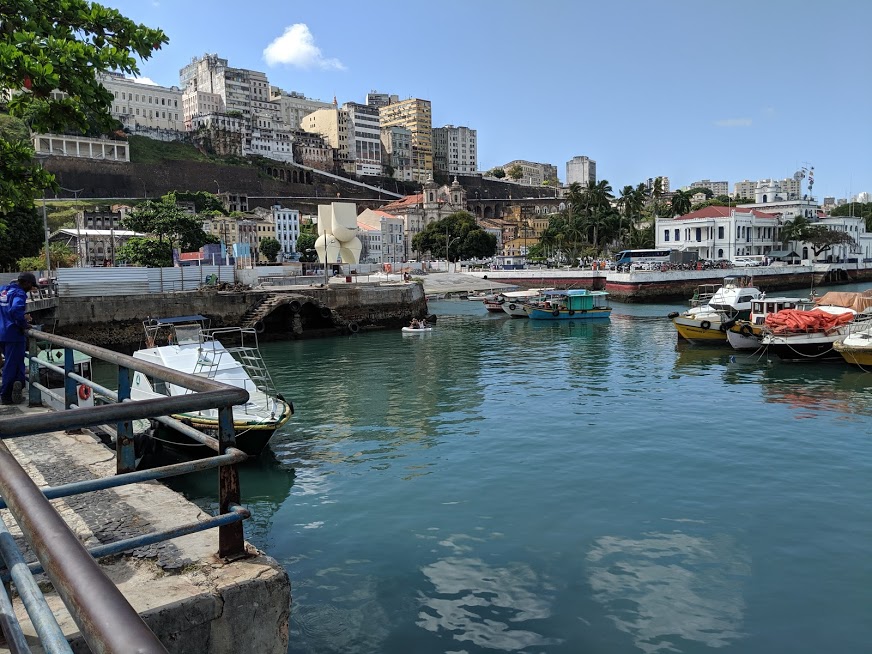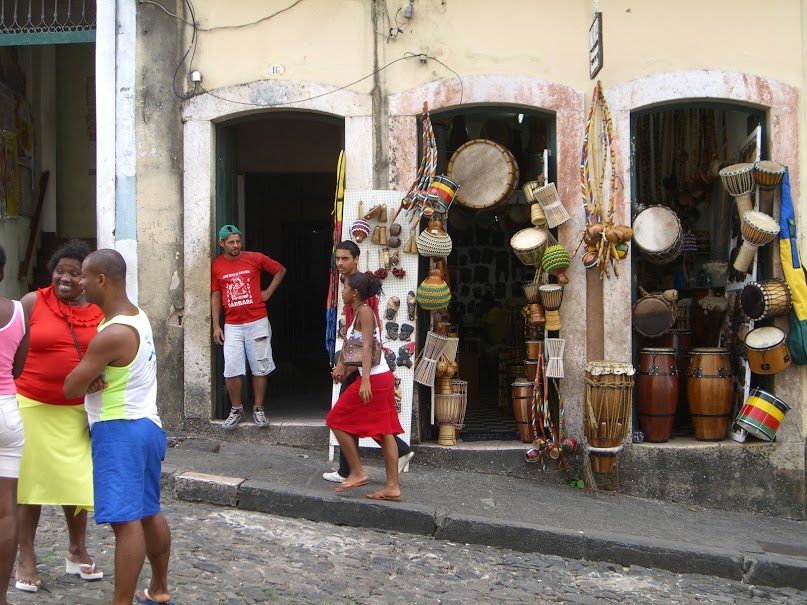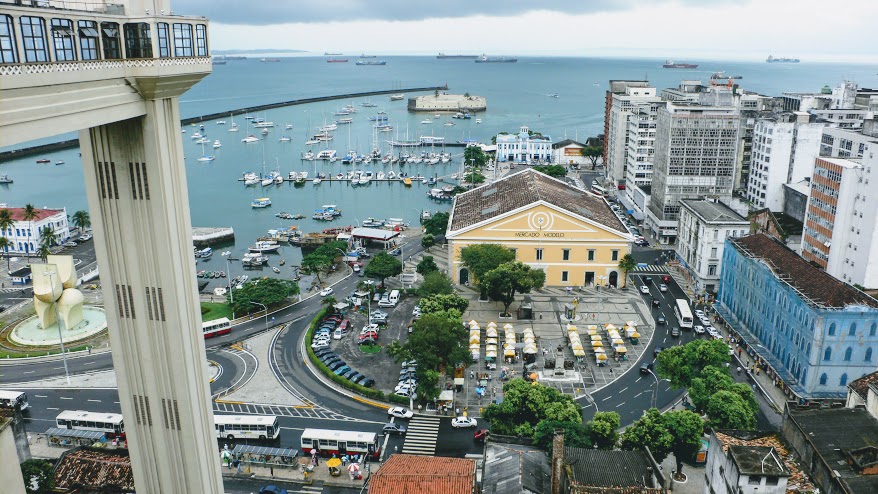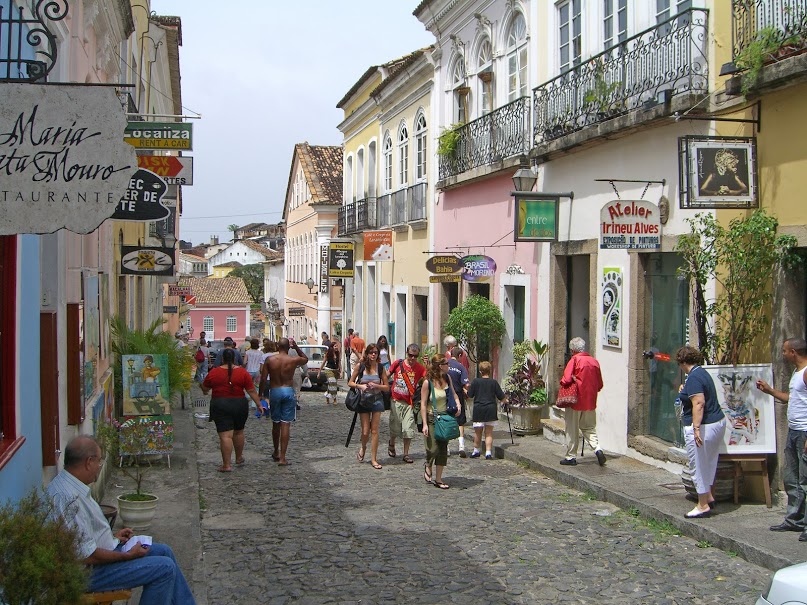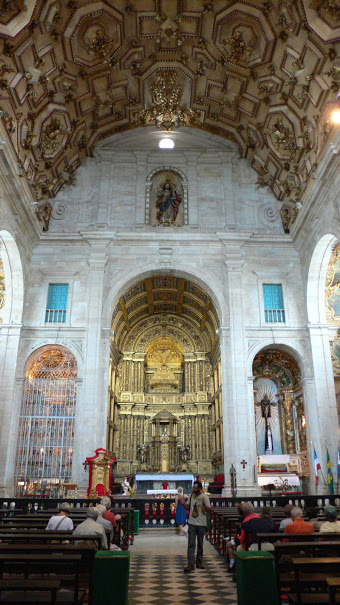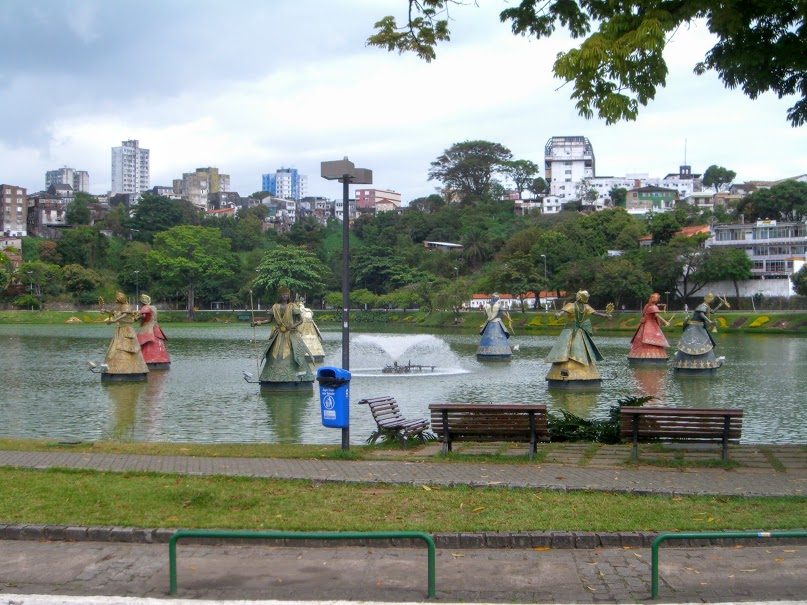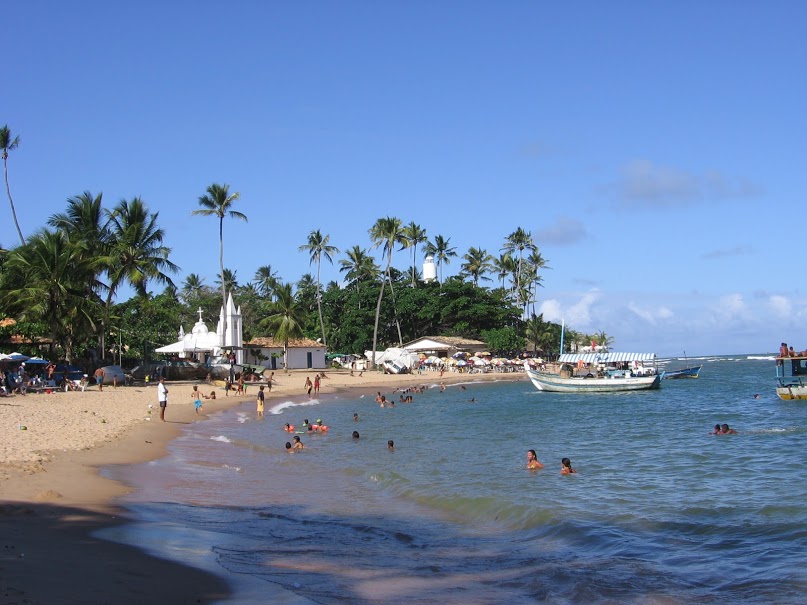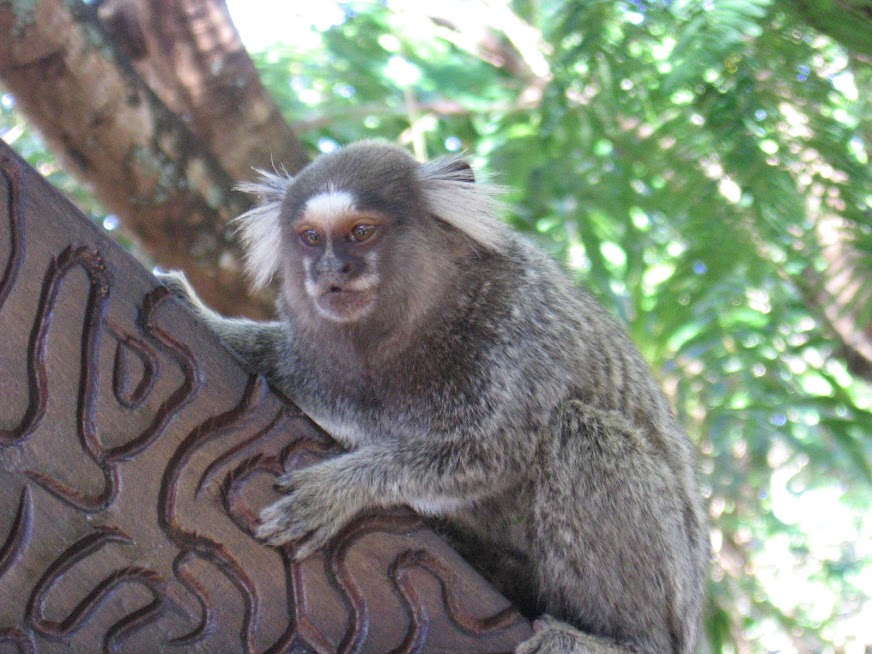Nautical Term ~ of the day ~ Touch and Go
This referred to the moment when a ship’s keel touched the bottom and deflected off again.
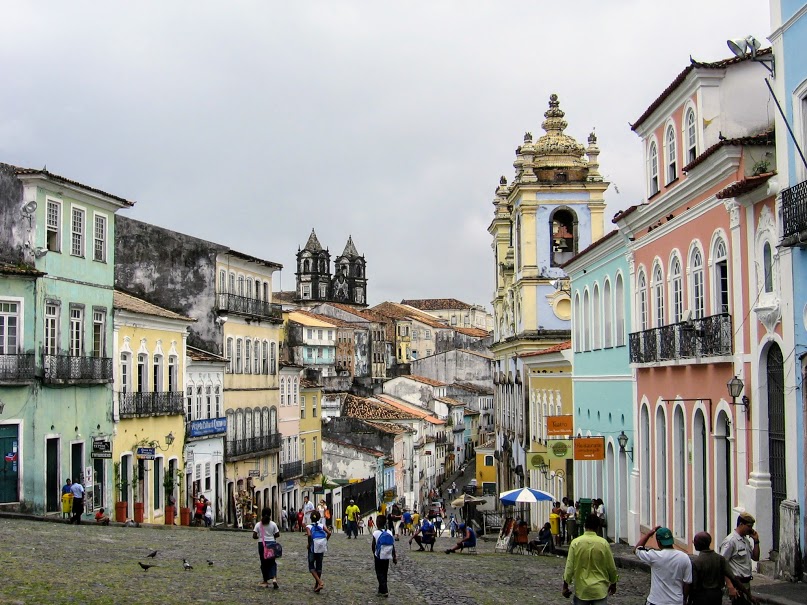
Again, these pictures were all taken in 2006. John went ashore without me this year and it was too difficult a walk for him, so only one or two new pictures. But we loved the beautiful and colorful city when we were there last.

2006 
2019
The lower city on the water was for the forts, docks and warehouses. Upper city for government and housing. For 3 centuries this was the busiest port in South America with sugar & gold. Picture on left is from 2006 and the same picture on the right is from 2019. Not much difference except in the quality of the camera!

African culture and music is prevalent in this city. 
Left; Lecerda elevator connecting upper and lower city.

Our walk thru the Pelourinho area 2006. 

The above is the Barra Lighthouse at the San Antonio Fortress. Built to protect the Portuguese from Dutch attackers!
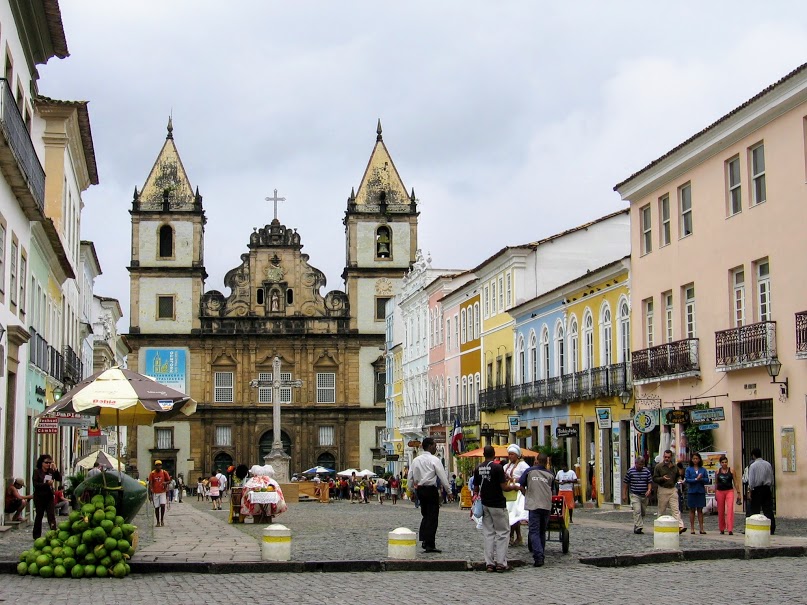
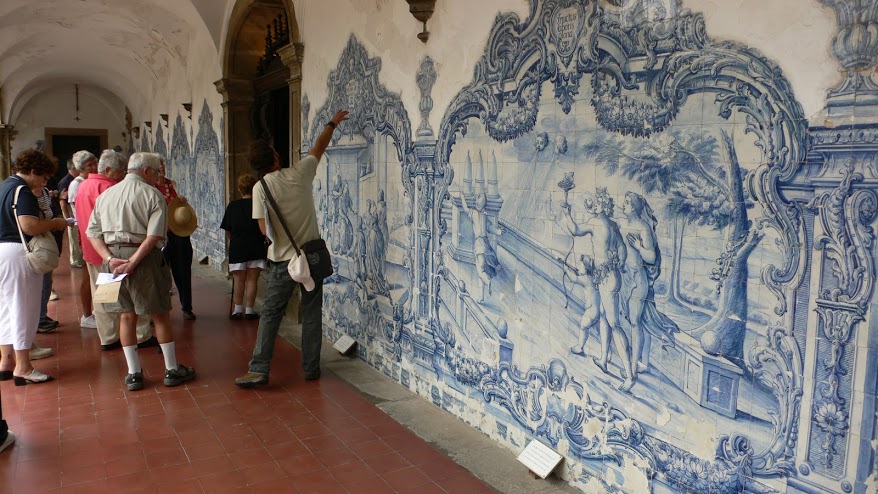


Colonial dress.

Statues of goddesses of their Candomble religion. 
Uniquely carved sandstone facade built in 1750’s, covered up until the 1930’s.

Sea Turtle Reserve… 
and… 
Park

